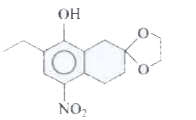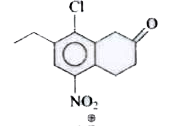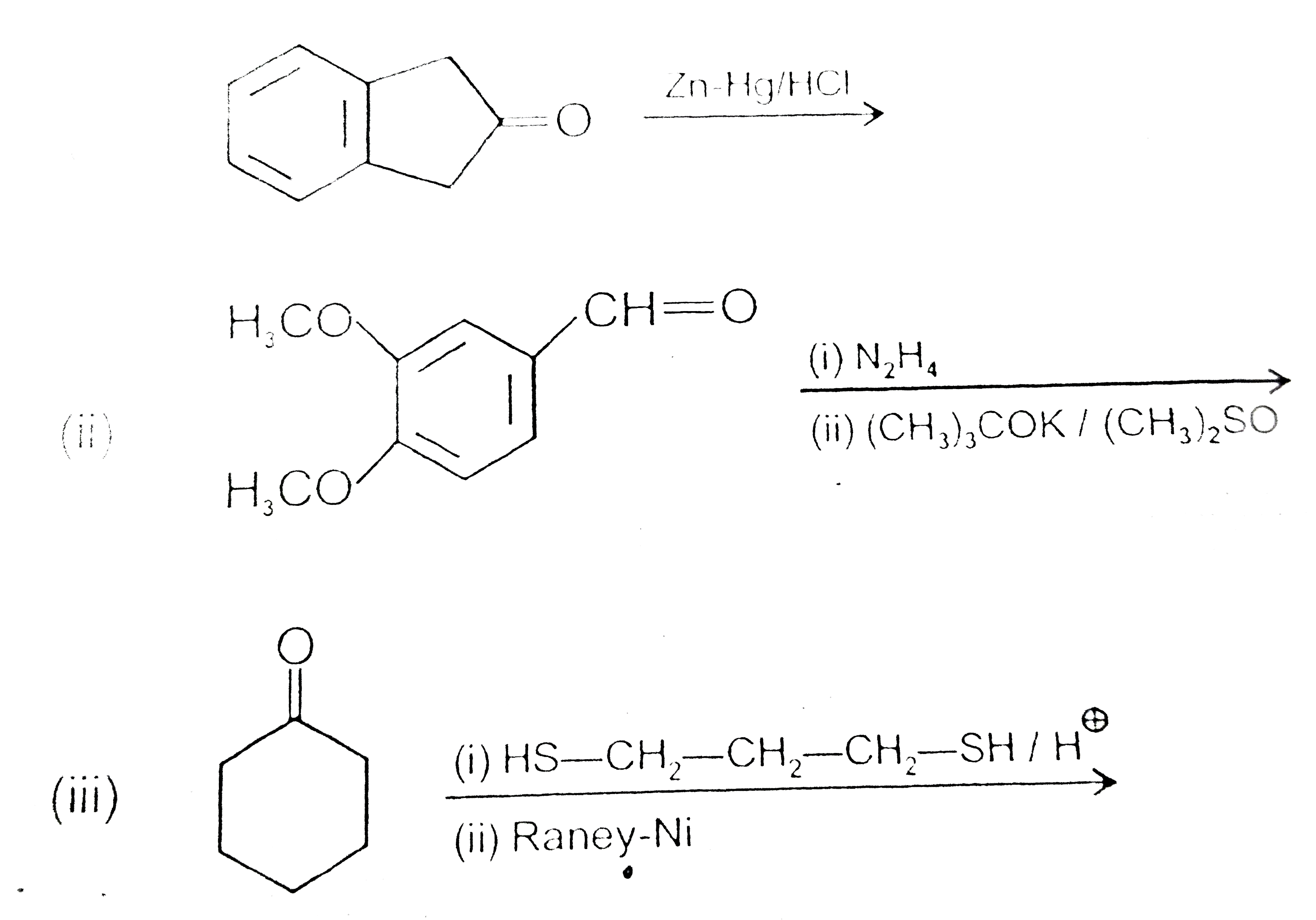Predict the major product formed when sodium ethoxide reacts with tert.Butyl chloride ?
To predict the major product formed when sodium ethoxide reacts with tert-butyl chloride, we can follow these steps:
1. Identify the Reactants:
- Sodium ethoxide (C2H5ONa) and tert-butyl chloride (C(CH3)3Cl) are the reactants.
- Sodium ethoxide is a strong nucleophile due to the ethoxide ion (C2H5O^-).
2. Structure of the Reactants:
- Sodium ethoxide can be represented as:
C2H5O−Na+
- Tert-butyl chloride can be represented as:
C(CH3)3Cl
3. Mechanism of Reaction:
- The reaction involves a nucleophilic substitution mechanism. The ethoxide ion acts as a nucleophile and attacks the carbon atom in tert-butyl chloride, which is bonded to the chlorine atom.
- Since tert-butyl chloride is a tertiary alkyl halide, it undergoes an SN1 mechanism, where the bond between the carbon and chlorine breaks first, forming a carbocation.
4. Formation of the Carbocation:
- The chlorine atom leaves, forming a tert-butyl carbocation:
C(CH3)+3
5. Nucleophilic Attack:
- The ethoxide ion (C2H5O^-) then attacks the carbocation, resulting in the formation of an ether.
- The reaction can be summarized as:
C(CH3)+3+C2H5O−→C(CH3)3OC2H5
6. Final Product:
- The major product formed from this reaction is tert-butyl ethyl ether, represented as:
C(CH3)3OC2H5
Conclusion:
The major product formed when sodium ethoxide reacts with tert-butyl chloride is tert-butyl ethyl ether.
- Sodium ethoxide (C2H5ONa) and tert-butyl chloride (C(CH3)3Cl) are the reactants.
- Sodium ethoxide is a strong nucleophile due to the ethoxide ion (C2H5O^-).
- Sodium ethoxide can be represented as:
C2H5O−Na+
- Tert-butyl chloride can be represented as:
C(CH3)3Cl
- The reaction involves a nucleophilic substitution mechanism. The ethoxide ion acts as a nucleophile and attacks the carbon atom in tert-butyl chloride, which is bonded to the chlorine atom.
- Since tert-butyl chloride is a tertiary alkyl halide, it undergoes an SN1 mechanism, where the bond between the carbon and chlorine breaks first, forming a carbocation.
- The chlorine atom leaves, forming a tert-butyl carbocation:
C(CH3)+3
- The ethoxide ion (C2H5O^-) then attacks the carbocation, resulting in the formation of an ether.
- The reaction can be summarized as:
C(CH3)+3+C2H5O−→C(CH3)3OC2H5
- The major product formed from this reaction is tert-butyl ethyl ether, represented as:
C(CH3)3OC2H5
The major product formed when sodium ethoxide reacts with tert-butyl chloride is tert-butyl ethyl ether.
Topper's Solved these Questions
- BOOK - AAKASH INSTITUTE ENGLISHCHAPTER - SOME BASIC CONCEPT OF CHEMISTRYEXERCISE - EXERCISE60videos
SOME BASIC CONCEPT OF CHEMISTRY
- BOOK - AAKASH INSTITUTE ENGLISHCHAPTER - SOME BASIC CONCEPT OF CHEMISTRYEXERCISE - ASSIGNMENT( SECTION - A) Objective Type Questions20videos
SOME BASIC CONCEPT OF CHEMISTRY
- BOOK - AAKASH INSTITUTE ENGLISHCHAPTER - SOME BASIC CONCEPT OF CHEMISTRYEXERCISE - ASSIGNMENT( SECTION - D) Assertion-Reason Type Questions15videos
SOME BASIC CONCEPT OF CHEMISTRY
- BOOK - AAKASH INSTITUTE ENGLISHCHAPTER - SOLUTIONSEXERCISE - ASSIGMENT (SECTION-J) AAKASH CHALLENGERS QUESTIONS10videos
SOLUTIONS
- BOOK - AAKASH INSTITUTE ENGLISHCHAPTER - SOME BASIC CONCEPTS OF CHEMISTRY EXERCISE - ASSIGNMENT SECTION J (Aakash Challenges Questions)10videos
SOME BASIC CONCEPTS OF CHEMISTRY
Similar Questions
Knowledge Check
- Question 1 - Select One
Predict the major product of reaction:
 A
A B
B C
C D
D
- Question 2 - Select One
Predict the major product of the reaction.
 A
A B
B C
C D
D
- Question 3 - Select One
Predict the major product of given reaction :
 A
A B
B C
C D
D
Predict the major products of the following reactions:
 View Solution
View SolutionPredict the major product of given reaction :
 View Solution
View SolutionPredict the major product ofthe given reaction.
 View Solution
View SolutionPredict the major product of following reaction :
 View Solution
View SolutionPredict the major product of following reaction :
 View Solution
View Solution



